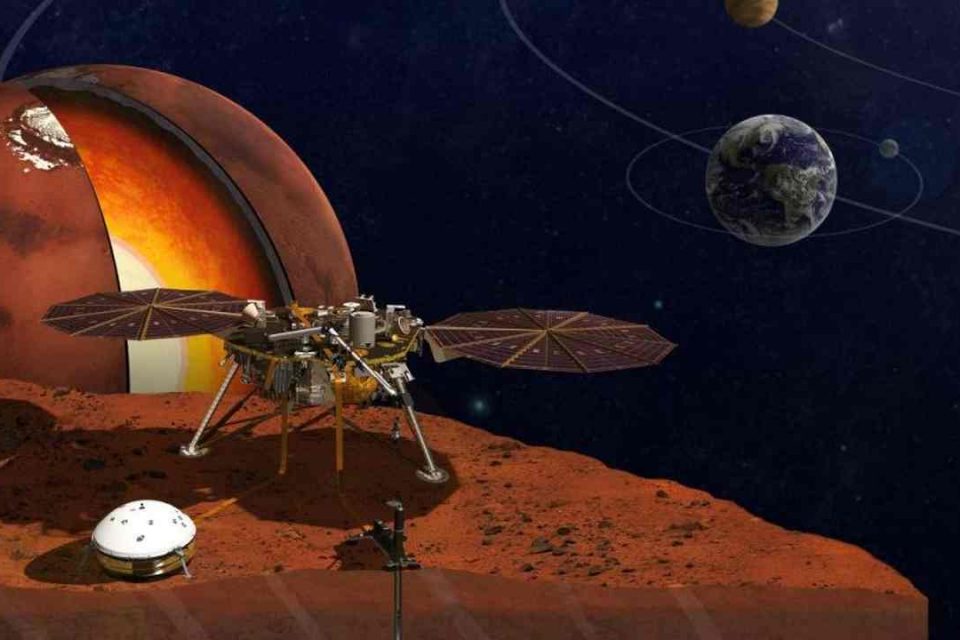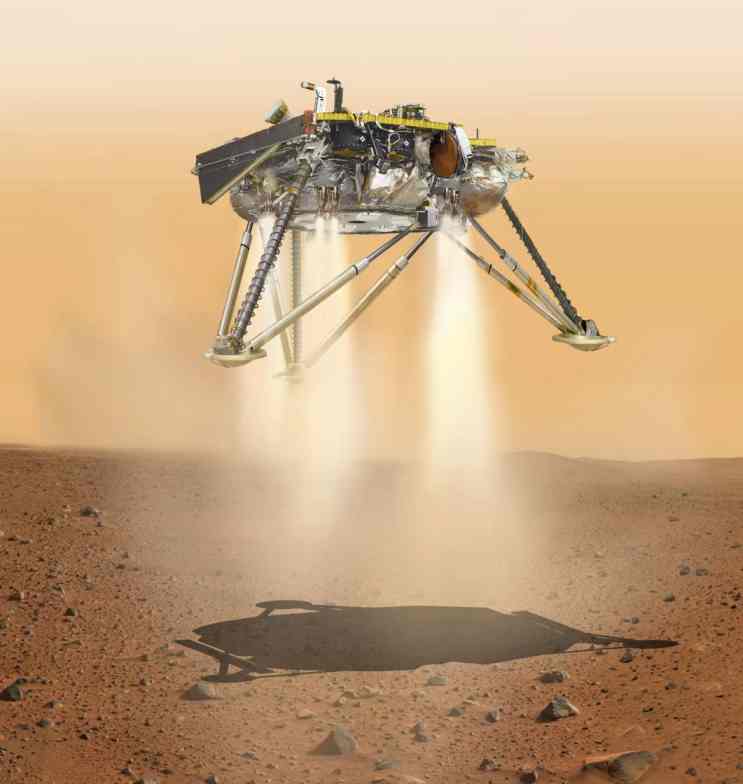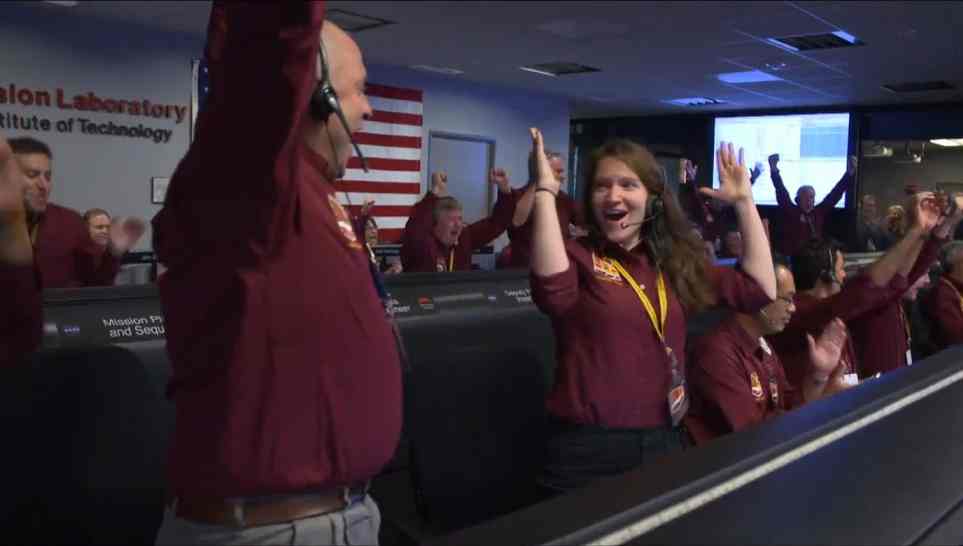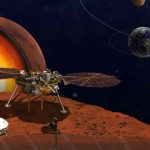NASA InSight Lander successfully arrives on Mars, first mission to the Martian surface in over 6 years

After six long months of traveling through the void of space, NASA’s InSight lander successfully landed the solar-powered InSight spacecraft lander on Mars, the first mission to the planet’s surface in 6 years. In a statement on its website said its Interior Exploration using Seismic Investigations, Geodesy and Heat Transport (InSight) lander successfully touched down on the Red Planet at 3:00 PM EST after an almost seven-month, 300-million-mile (458-million-kilometer) journey from Earth. finished its journey to Mars today.
InSight launched from Vandenberg Air Force Base in California May 5. The lander touched down Monday, Nov. 26, near Mars’ equator on the western side of a flat, smooth expanse of lava called Elysium Planitia, at 11:52:59 a.m. PST (2:52:59 p.m. EST). Landing on the surface of Mars is never an easy task, the InSight’s touched down on the Martian surface as originally planned. Launched on May 5, InSight marks NASA’s first Mars landing since the Curiosity rover in 2012. The landing will kick off a two-year mission in which InSight will become the first spacecraft to study Mars’ deep interior. Its data also will help scientists understand the formation of all rocky worlds, including our own.
“We hit the Martian atmosphere at 12,300 mph (19,800 kilometers per hour), and the whole sequence to touching down on the surface took only six-and-a-half minutes,” said InSight project manager Tom Hoffman at JPL. “During that short span of time, InSight had to autonomously perform dozens of operations and do them flawlessly — and by all indications that is exactly what our spacecraft did.”

An artist’s illustration showing NASA’s InSight lander touching down on Mars. The landing will take place on Nov. 26, 2018. Source and credit: NASA/JPL-Caltech
Confirmation of a successful touchdown is not the end of the challenges of landing on the Red Planet. InSight’s surface-operations phase began a minute after touchdown. One of its first tasks is to deploy its two decagonal solar arrays, which will provide power. That process begins 16 minutes after landing and takes another 16 minutes to complete. The InSight team expects a confirmation later Monday that the spacecraft’s solar panels successfully deployed. Verification will come from NASA’s Odyssey spacecraft, currently orbiting Mars. That signal is expected to reach InSight’s mission control at JPL about five-and-a-half hours after landing.
“We are solar powered, so getting the arrays out and operating is a big deal,” said Tom Hoffman at JPL. “With the arrays providing the energy we need to start the cool science operations, we are well on our way to thoroughly investigate what’s inside of Mars for the very first time.”
InSight is being followed to Mars by two mini-spacecraft comprising NASA’s Mars Cube One (MarCO), the first deep-space mission for CubeSats. If MarCO makes its planned Mars flyby, it will attempt to relay data from InSight as it enters the planet’s atmosphere and lands. InSight and MarCO flight controllers will monitor the spacecraft’s entry, descent and landing from mission control at NASA’s Jet Propulsion Laboratory (JPL) in Pasadena, California, where all landing events will take place.

The NASA InSight team reacts after receiving confirmation that the spacecraft successfully touched down on the surface of Mars, inside the Mission Support Area at NASA’s Jet Propulsion Laboratory in Pasadena, California. Photo Credit: NASA/B. Ingalls.
“Today, we successfully landed on Mars for the eighth time in human history,” said NASA Administrator Jim Bridenstine. “InSight will study the interior of Mars and will teach us valuable science as we prepare to send astronauts to the Moon and later to Mars. This accomplishment represents the ingenuity of America and our international partners, and it serves as a testament to the dedication and perseverance of our team. The best of NASA is yet to come, and it is coming soon.”
The landing signal was relayed to NASA’s Jet Propulsion Laboratory (JPL) in Pasadena, California, via NASA’s two small experimental Mars Cube One (MarCO) CubeSats, which launched on the same rocket as InSight and followed the lander to Mars. They are the first CubeSats sent into deep space. After successfully carrying out a number of communications and in-flight navigation experiments, the twin MarCOs were set in position to receive transmissions during InSight’s entry, descent and landing.
Below is a video of Official Stream of NASA TV
Below is a video of NASA Insight landing on Mars.

